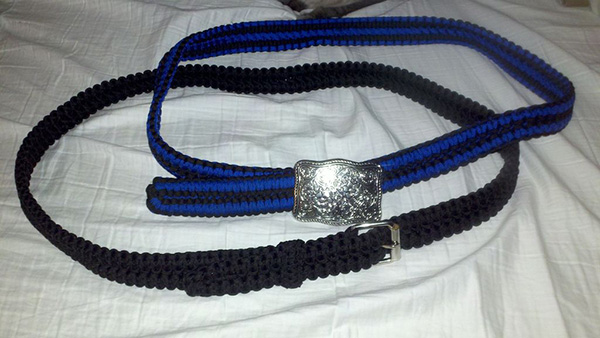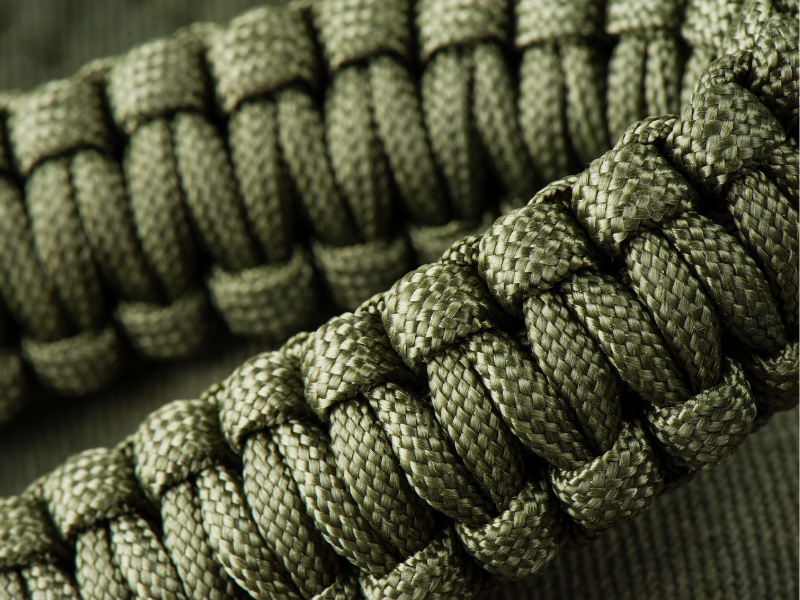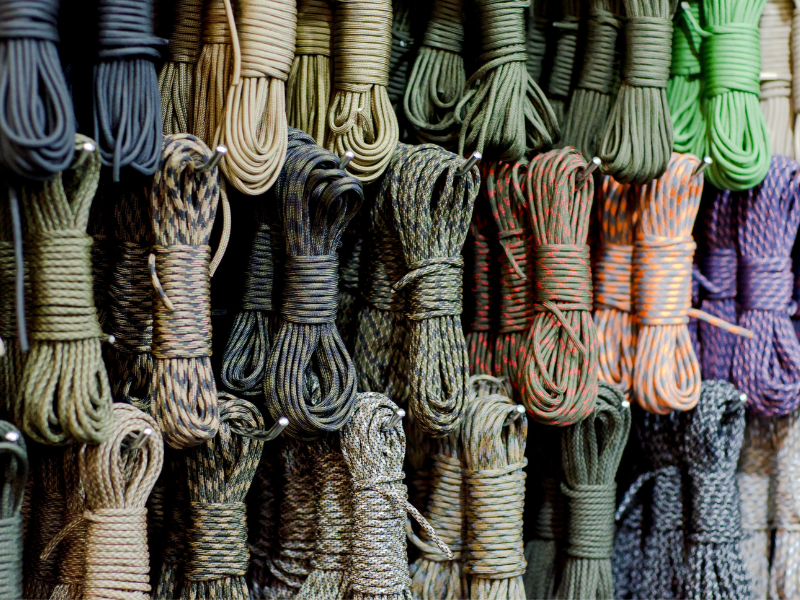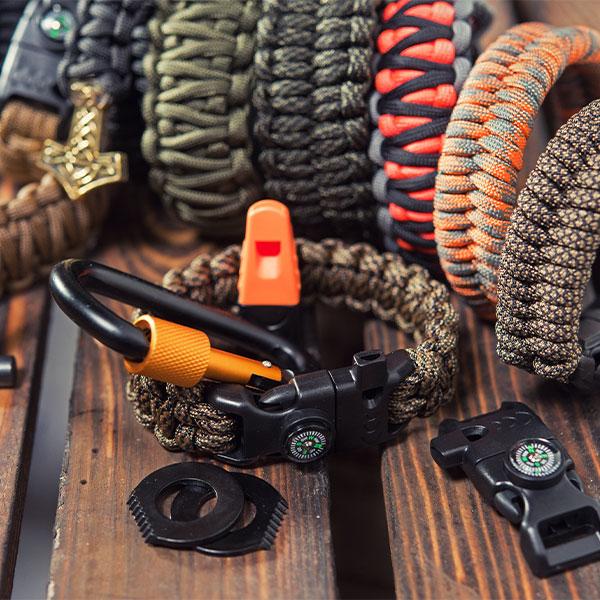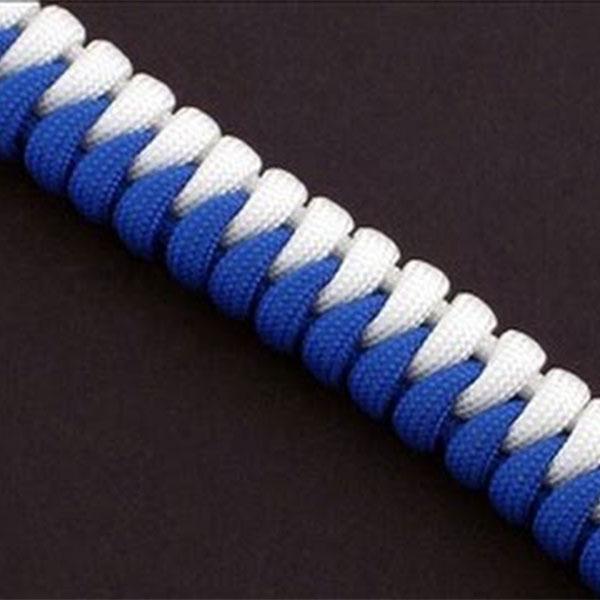Learn how to create your own paracord belt — a stylish and practical accessory that doubles as a 100-foot emergency rope.
What is Paracord?
Paracord, or parachute cord, is a soft, lightweight nylon rope originally designed for parachuting. The 550 paracord, which we use for this project, consists of 32 nylon strands in the sheath and seven strands of 2-ply yarns inside. It is durable, quick-drying, and rot-resistant, with a minimum breaking strength of 550 lbs.
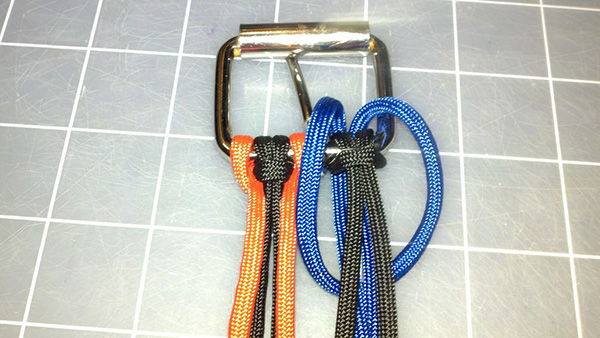
Why Use Paracord?
Paracord is a versatile tool for outdoor enthusiasts and emergency preparedness. It is used by the military for securing gear, creating shelters, and even as fishing line. Its strength and flexibility make it an invaluable resource.
Materials You’ll Need
- 100 feet of 550 paracord
- Small needle-nose pliers
- Measuring device
- Cutting tool (e.g., scissors, knife)
- Candle or lighter
- A belt buckle of your choice
Step-by-Step Directions
1. Measure Your Paracord
Calculate the required length of your paracord based on your waist size and belt design. Use these formulas:
- Core Strands: (Waist size × 2) + 24 inches
- Working Strands: (Desired belt length × 12) + 24 inches
- Belt Loop: 36 inches
Example: For a 32-inch waist and a 36-inch belt, you’ll need approximately 93 feet of paracord.
2. Attach Core Strands to the Buckle
Fold the core strands in half and attach them to the buckle, ensuring they are positioned correctly.
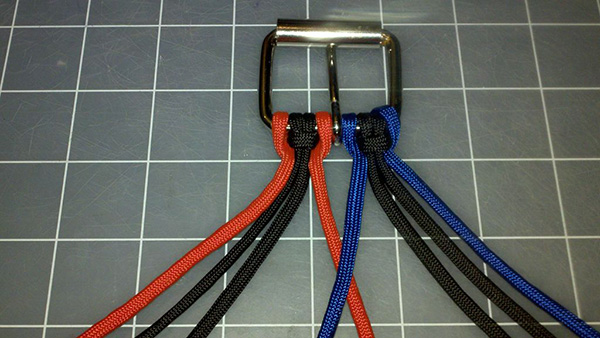
3. Start Weaving the Belt
Use a series of square knots to weave the working strands around the core strands. Follow the illustrated steps for precision.
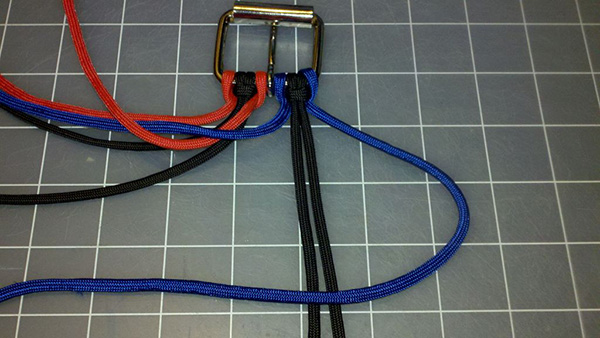
4. Add the Belt Loop
Use a 36-inch strand to create the loop at your desired position. Weave it through the v-shaped stitches on the back of the belt.
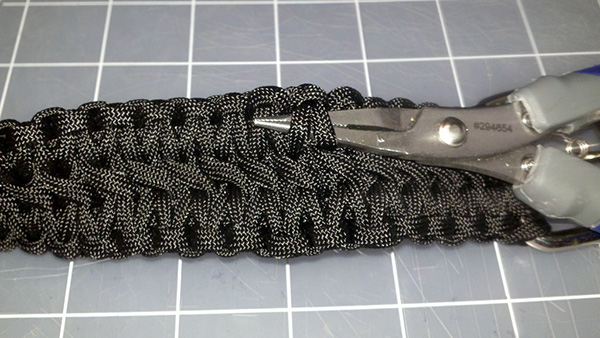
5. Finish the Belt
Trim and melt the ends of the paracord to prevent fraying. Tuck the ends securely into the woven design for a polished look.
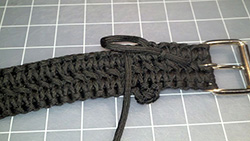
Conclusion
Congratulations! You've crafted a durable and stylish paracord belt. Not only is it a practical accessory, but it also doubles as a survival tool. Make sure to stock up on paracord for future projects and emergency kits.
